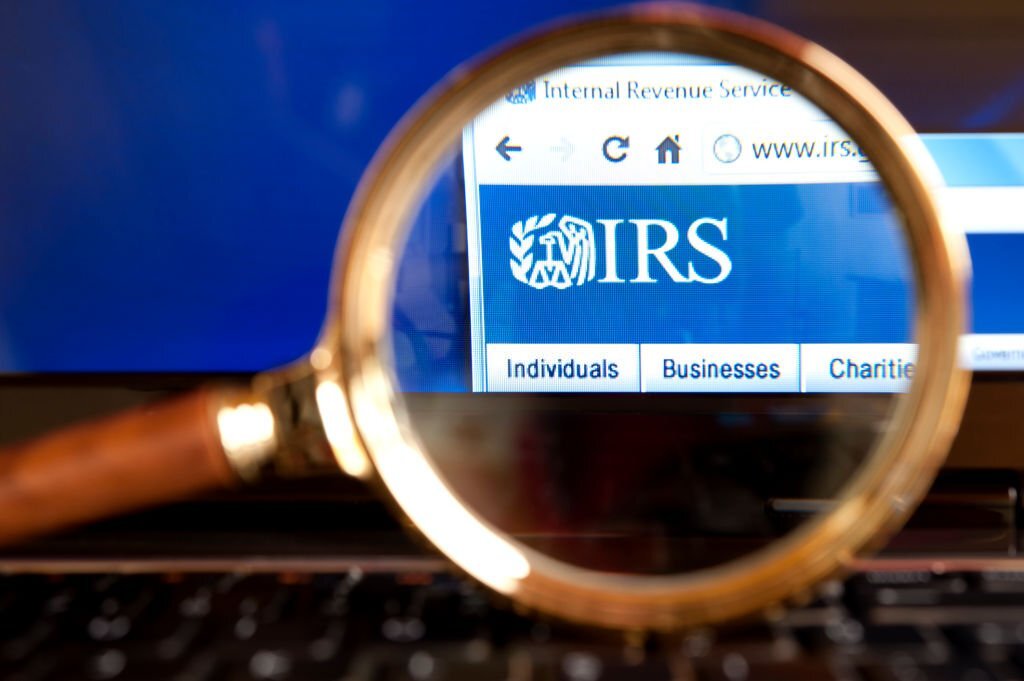Taxes
Taxpayer Interest in IRS’s Direct File Program May Have Been Exaggerated
Their willingness to use the Direct File program may be overstated because of the survey the IRS used to gauge their interest, TIGTA says.
Oct. 17, 2023

Last May the IRS announced that it would be piloting a free, government-provided online tax filing option called Direct File next year after a feasibility study concluded that the agency was technically capable of providing this type of tool to taxpayers and that there was interest among taxpayers in using an IRS-provided program to prepare and file their taxes.
In a report the IRS submitted to Congress on May 16, as required by the Inflation Reduction Act, 72% of American taxpayers surveyed said they were “very interested” in or “somewhat interested” in using a government tool to electronically file their tax returns.
However, a report recently released by the Treasury Inspector General for Tax Administration (TIGTA) said taxpayers’ willingness to use the Direct File program may be overstated because of the survey the IRS used to gauge their interest.
TIGTA said it was concerned that taxpayers were not provided with a neutral option when providing responses to the taxpayer experience survey. According to TIGTA, research shows that developing a survey with a five-point scale, to include a neutral option, rather than a four-point scale as used by the taxpayer experience survey, is preferable because it does not put taxpayers into a “forced choice” response scenario.

The TIGTA report states:
As noted in the Direct File Report, 72 percent of taxpayers responded that they would be either “very interested” or “somewhat interested” in a Direct File tool. Yet, this percentage would likely be reduced had the TES used a five-point scale that offered taxpayers a neutral response option.
The Likert scale is one of the most popular response scales used in survey design. Response scales can be odd or even numbered and are often used to measure respondents’ attitudes by asking the extent to which they agree or disagree with a particular question or statement.
The TES used a four-point Likert scale, also known as “forced choice,” for determining the level of interest in an IRS-run Direct File tool. According to the Evaluation and Program Effectiveness team at the Centers for Disease Control and Prevention, using an even-numbered scale, like the four-point Likert scale, forces people to choose an option and it may not collect accurate responses. Whereas, the five-point Likert scale provides a neutral/no opinion response option. The Office of Management and Budget’s Circular A-11 Preparation, Submission, and Execution of the Budget, issued August 2022, notes a five-point Likert-scale question is preferred when government agencies are seeking customer feedback from surveys. Moreover, the IRS’s own standard operating procedures for conducting employee engagement surveys recommends a five-point Likert scale.

In addition, the survey prompt may have led taxpayers to believe that the tool would have more options than it will immediately have available, such as the ability to file state tax returns, according to TIGTA. An independent study by a federally funded research and development center found that 60% of taxpayers would choose their current software when state tax returns are excluded from an IRS Direct File tool, TIGTA said.
